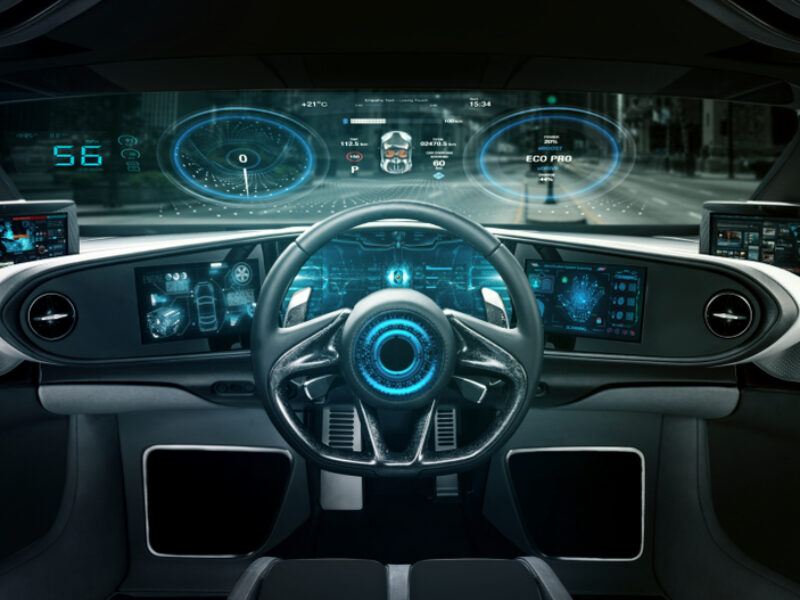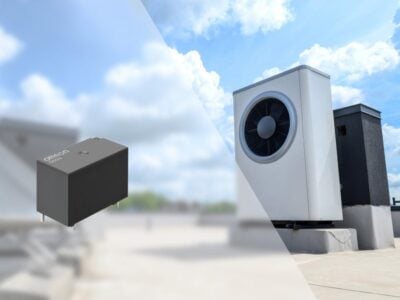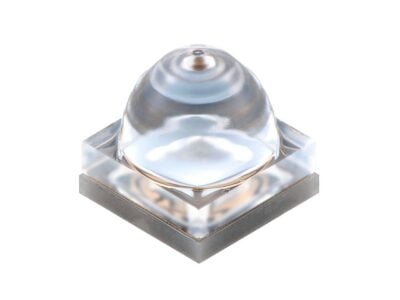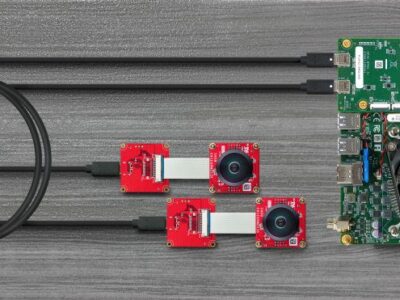
Graphics software meets FuSa requirements on latest Arm GPUs
This range of next-gen safety-critical software drivers and libraries will be available to support semiconductor designers, OEMs, and Tier 1 system developers. CoreAVI’s automotive safety software products meet ISO 26262 ASIL D certification requirements for advanced automotive and autonomy applications. CoreAVI is also offering avionics customers DO-178C DAL A /EASA ED-12C certifiable versions of the Mali-G78AE GPU driver and graphics and compute libraries. Both of these comprehensive software packages support Mali-G78AE GPUs for safe rendering, ADAS, and autonomy in certified automotive, industrial and avionics applications.
Developed with support from processor IP vendor CoreAVI’s software suite takes advantage of the performance, safety, flexibility, and scalability of the new Mali-G78AE GPU. The Mali-G78AE GPU offers a number of safety features designed to enhance the determinism and robustness of software running on the GPU. A new Flexible Partitioning feature allows the GPU to isolate in both the time and space domains, allowing multiple applications to safely and securely share the GPU.
CoreAVI’s software is designed to the Khronos Group’s open standards for graphics and compute and will be compatible with a variety of certified real-time operating systems as well as Automotive Grade Linux (AGL). Because the software suite is based on the Vulkan safety standard for graphics and compute, the driver allows applications to directly run sophisticated safety-critical graphics and compute algorithms such as FFT, matrix manipulation, and image filtering. Additionally, libraries supporting OpenGL SC1 and OpenGL SC2 are available; these also run on the safety-critical Vulkan intermediary layer, allowing simultaneous execution of mixed-criticality and mixed API applications on a single GPU hardware instance. This joint software solution not only meets the performance demands of multi-partitioned systems in future digital cockpits but provides the flexibility required to support diverse applications and changing market demands.
 If you enjoyed this article, you will like the following ones: don't miss them by subscribing to :
eeNews on Google News
If you enjoyed this article, you will like the following ones: don't miss them by subscribing to :
eeNews on Google News




